Res Uvae is an experimental-demonstration farm in the heart of the Arda Valley, near the medieval village of Castell’Arquato.
The vineyards, covering about 16 hectares, principally grow local varieties: Barbera, Bonarda, Malvasia and Ortrugo, as well as several international cultivars, such as Cabernet Sauvignon.
Demonstration sites
Hi-tech Grapes Project
The purpose of the project “Hi-Tech Grapes: your plants on screen” was to show that monitoring vineyards remotely in real time is not only possible, but it improves their management by:
- installing a complete monitoring system with air – soil – plants sensors;
- integrating the monitoring complex’s data with Hort@’s scouting-pad;
- using a plot as a case study by students participating in the international Master’s certificate program “Viticulture & Enology: innovation meets tradition”;
- inserting all the data gathered into the vite.net DSS and using them for calibrating the decision-making computer models.
Fertigation
Sustainable usage of phytosanitary products
Pursuing the three objectives of innovation, sustainability and respect for the surrounding environment, at Res Uvae a demonstration plot has been set up with different Biobed systems for rinsing the field equipment used for treatments, thus preventing contaminated waste liquids from being dispersed into the environment.
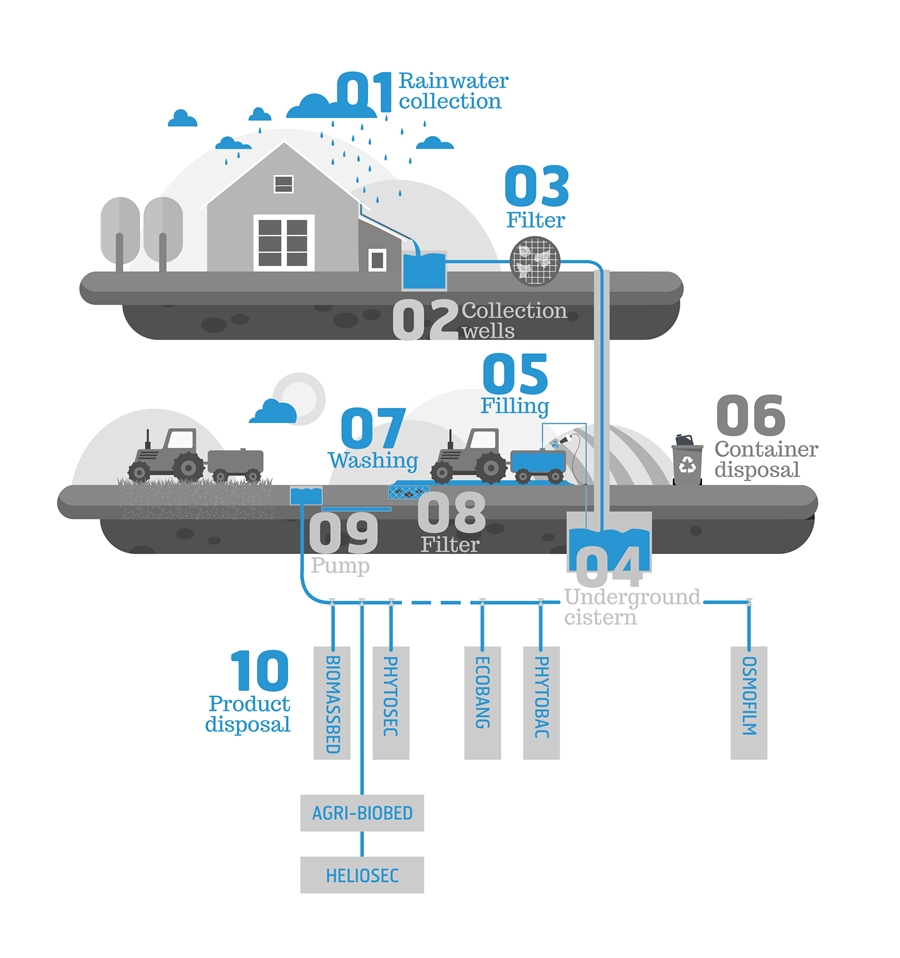
BIOMASSBED
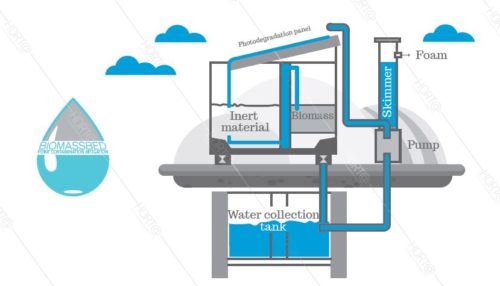
Principle
The plant treats washing water from distribution equipment and exploits the principle of the purification of beds of biological contamination (Biomassbed).
Advantages
Limited costs; easy to construct all over Europe; higher disposable volume. Biomassbed has been designed by Aeifora and Università Cattolica del Sacro Cuore. The plants were constructed by Acqua&Co.
PHYTOSEC
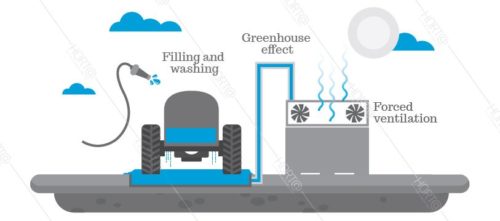
Principle
Evaporation/drying procedure for a "greenhouse effect", accelerated via forced ventilation and with treatment of volatile compounds.
Advantages
No need for any pretreatment; ensures double-wall retention; facilitates the removal of dry residue at the end of the drying process; easy to install; maximum purification efficiency also for the "volatile" part of the waste that is treated via adsorption on a special activated carbon filter.
PHYTOSEC is an Axe-Environnement product.
ECOBANG
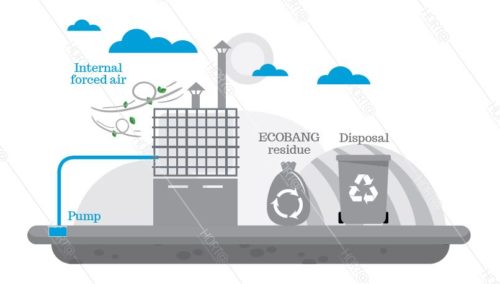
Principle
Forced ventilation at room temperature, which accelerates evapotranspiration inside the tank.
Advantages
Economical, simple, flexible and efficient.
ECOBANG is an Vento-Sol product.
PHYTOBAC
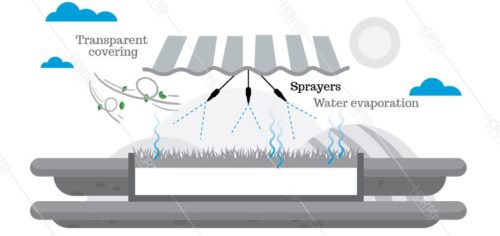
Principle
Phytobac is a safe, closed and isolated system which uses microorganisms naturally present in the soil to enable biodegradation of excess phytosanitary products/agrochemicals and/or present in waste water from washing agricultural equipment and from excess volumes of plant protection mixtures not distributed in the field.
Advantages
Minimal ordinary maintenance; adjustable biobed, patented technology; monitoring and safety systems, closed and isolated environmental systems; no water control because it is disposed of through evaporation; no annual disposal of special waste.
PHYTOBAC is a Mybatec product.
OSMOFILM
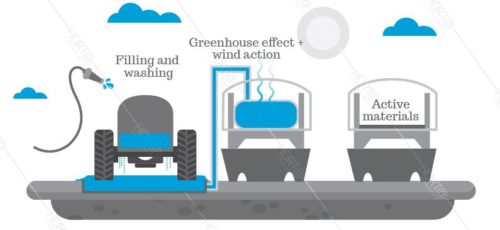
Principle
Evaporation/drying procedure by "osmosis" through a semipermeable membrane.
Advantages
The solution is very practical inasmuch as the residues at the end of the treatment are ready to be delivered to specialised companies inside special bags; there is no energy consumption; the solution is flexible and can adapt to the individual needs of the farm.
OSMOFILM is an Axe-Environnement product.
AGRI-BIOBED
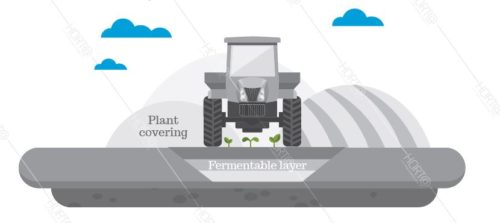
Principle
An entirely biological filtration system which exploits the unique ability of plants and soil microorganisms to naturally degrade the phytosanitary active principles present in waste water at the end of treatments.
Advantages
Simple and quick to create, no need for electrical or plumbing connections, no mechanical components; limited maintenance over time; no landscape impact; personalization according to the farm's characteristics.
AGRI-BIOBED is a Bio Soil Expert product.
HELIOSEC
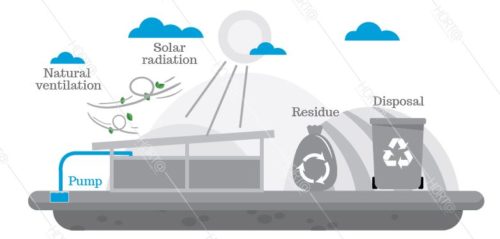
Principle
Naturaò drying of waste water from treatments and washing equipment through a combined effect of sunlight and wind.
Advantages
Waste water management from all types of phytosanitary treatments (including copper-based ones), the possibility to manage large volumes of solution, simple to use and maintain, uses renewable energy.
HELIOSEC is provided by Syngenta Italia.
Drainage water quality
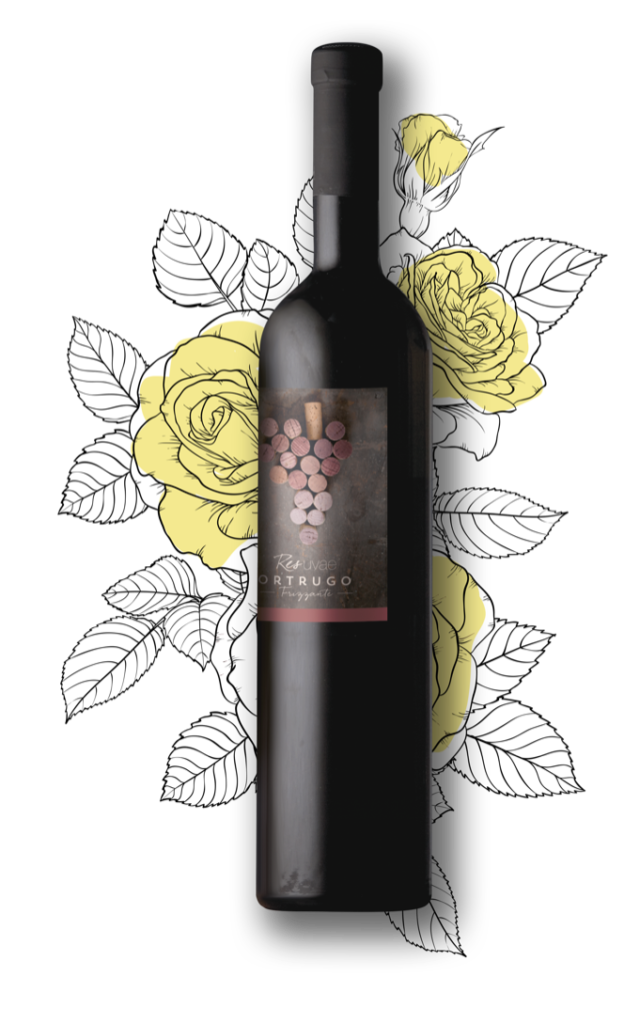
Res Uvae is even more….
Wines of quality and longevity
The vineyards are planted with local varieties, which gave rise to Piacenza’s traditional wines. Gutturnio, a wine that perfectly blends the acidity of Barbera and the softness of Croatina. Ortrugo, which is used to produce the now famous Piacenza “bubbly” that has nothing to envy more famous sparkling wines, and Malvasia, a historic grape from which we obtain fragrant and long-lived wines. To these we add Cabernet Sauvignon, a variety that adapted to our valleys decades ago, in a habitat that enhances all its characteristics.
